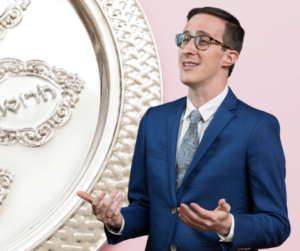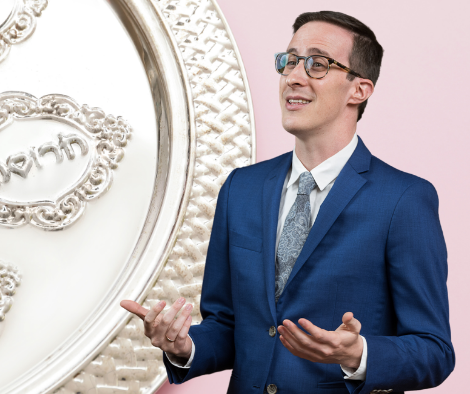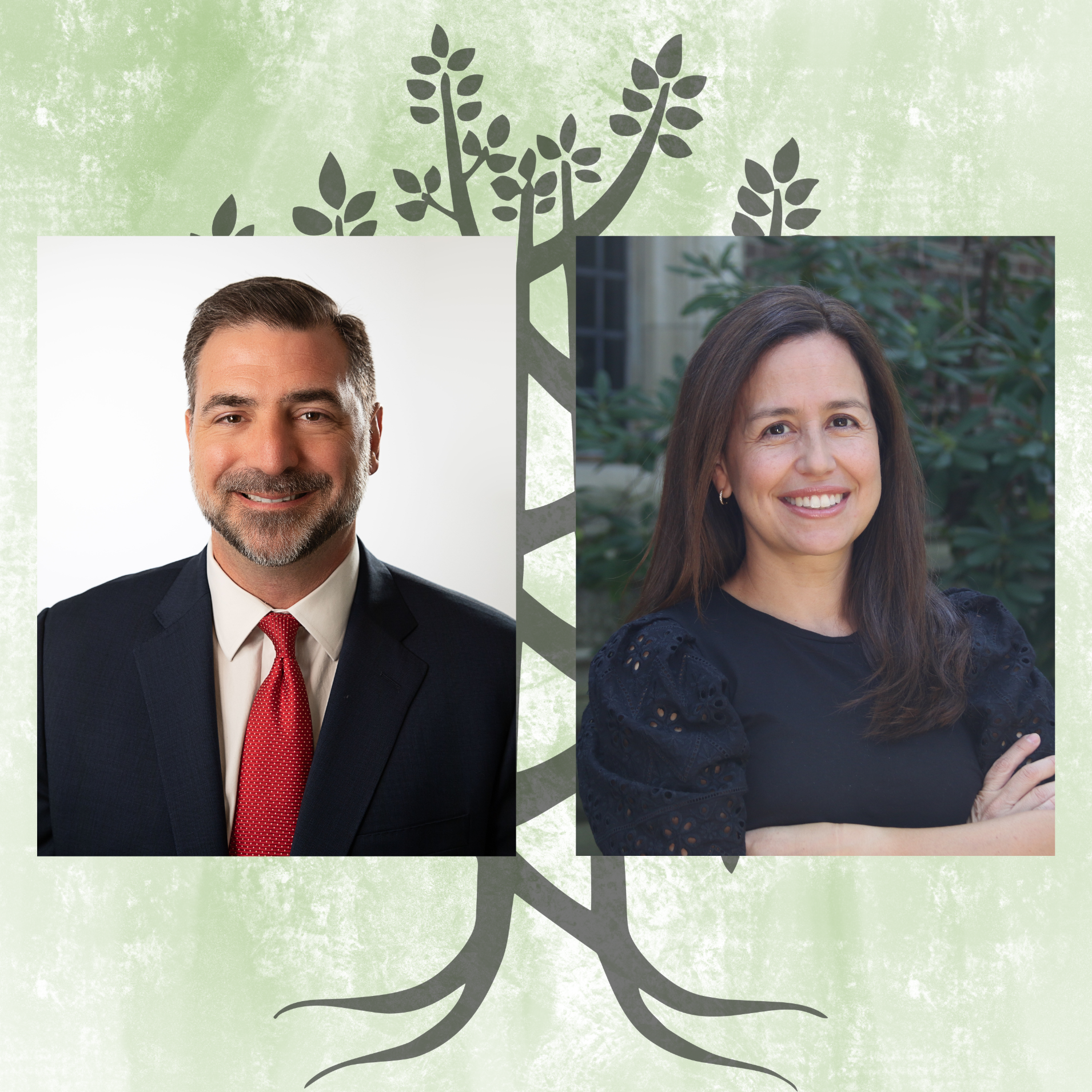
TBE asked Rabbinic Intern Ryan Leszner to describe the items on a traditional seder plate, and how they come together to symbolize the Passover story. Read his interpretation below!
Every year at our Passover seders, as we read the Haggadah, it is stated that it is paramount for each person to see themselves as being freed from Egypt. Part of our seder is to tell the story of the Exodus. As well it is to be immersed in a whole sensory experience that reminds us of how we are now free. One element of our seder experience is the centerpiece, the seder plate, a collection of items that help to symbolize the many parts of our Passover story.
There are traditional items used each year for the seder.
Karpas helps us to recognize the time of the season, the return of spring. During the seder, we dip our karpas into salt water, tasting the hope of new birth and the tears of enslaved Israelites.
Haroset symbolizes the mortar that the Israelites used to construct buildings for Pharaoh.
Maror symbolizes the bitterness of slavery.
Zeroa, the shank bone, reminds us of the Passover offering when the Temple stood in Jerusalem.
Beitzah, a roasted egg, symbolizes the holiday sacrifice during Temple times. It can also represent the life cycle, reminding us that there is hope even in disheartening times.
While it isn’t on the seder plate itself, three pieces of Matzah represent the quickness with which the Israelites had to escape.
One may ask, what else belongs on the seder plate? While these traditional items are necessary, one may place other items on the seder plate to represent modern-day slavery. Some like to put an orange on the seder plate to symbolize the acceptance of LGBTQ+ people in our society. Some place an olive on the seder to recognize a hopeful and peaceful resolution for Israelis and Palestinians. Others like to put a pinecone on the seder plate to represent the rights of those affected by incarceration.
Every year is an opportunity to remind ourselves that we were enslaved people in Egypt and to recognize and appreciate all that we have to be thankful for today. It’s also a chance to bring awareness to modern-day slavery that is ever present in our time. Whatever your seder plate looks like, with whatever items you choose, may it be a liberating and meaningful experience for all who join you at the table this year.


